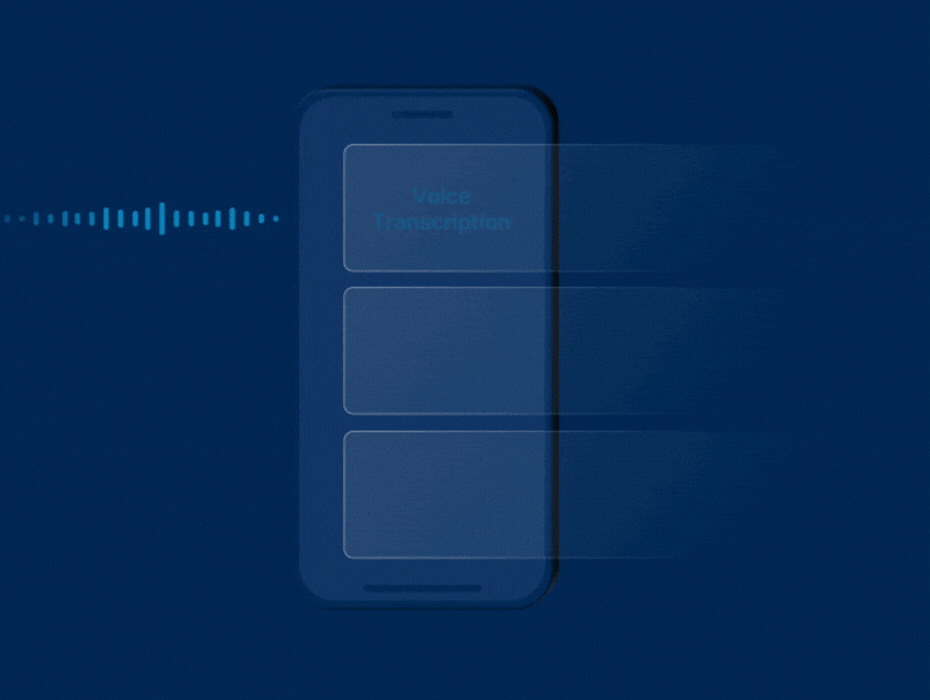Resilient voice is not just important, it’s critical to serving the government mission on the federal, state and local levels. From serving those on the wrong side of the digital divide to saving those who face medical and natural disasters, voice is more than just a legacy communication channel. From some, it’s a lifeline.
Improving accessibility and reducing the citizen burden
While many citizens expect their government experiences to be as seamless and painless as their experiences with companies like Amazon, there is still a significant group that needs a voice option because they don’t have the technology or know-how to take advantage of email or website communications. The digital divide has made it more challenging for governments to meet the needs of all their citizens, regardless of accessibility challenges.
For instance, older citizens turn to voice because it’s what they know and understand. They often use more government services than younger people — from social security to Medicare to emergency medical services — and need a simple and effective way to communicate with those agencies. Sometimes their financial or physical condition depends on those connections.
Beyond that, the rural and underserved populations rely on voice communications because of lack of broadband and economic challenges around connectivity. In fact, voice can be the only lifeline for those living in rural areas outside the reach of broadband.
Deploying real time connections in crisis
For first responders serving communities across America, every second could be the difference between saving a life and losing one. That means real time communications are essential in situations where events are evolving quickly, and information is critical for survival and rescue. From disaster relief to daily emergency medical services, voice has proven to be the most effective tool for instant communication and instant feedback. With voice first responders can more easily understand the urgency and context of a situation.
For EMS, these real time interactions can speed up response times and make sure resources are directed to those who need them most. According to an NIH study, in medical emergencies like cardiac arrest, every minute of delay in treatment can reduce survival chances by 7-10%. Another study in the U.S. found that the probability of death increases by 1% for every minute delay in emergency response after car accidents.
The same can be said for disaster relief. The use of technology in disaster response, such as cloud-based communication systems, has been found to enhance coordination, leading to faster response times. Beyond that, early warning systems using SMS and voice are an important factor in getting people out of harm’s way. According to the United Nations, such systems can reduce fatalities by up to 30%. For example, early warning systems for tsunamis or hurricanes allow for timely evacuations, greatly reducing potential casualties.
Making interagency collaboration more effective for the mission
All of this means more demand on SLG and federal communications teams, who are going to be required to support more experiences. The only way to reduce this larger burden is to modernize communications in a way that makes for more effective collaboration among government workers and resilient voice is a critical component of that effort.
Agency communication needs vary, and citizen preferences are inconsistent across demographics, generations and geographic regions. That means agencies need to modernization all viable methods of communication from fax to video and voice.
These days, technology modernization is a way of life for governments across the country. Budgets over the last decade have involved some kind of major technology overhaul. But while we’re all looking with wonder at the power of future technologies, we cannot forget the importance of foundational communication channels like voice. They have a role to play both in innovating communications and in serving as a reliable resource to those who otherwise wouldn’t have access to video, email or other channels.
Agencies don’t have to go through this process alone. It’s important to choose the right private sector partner that meets your needs and understands the unique challenges facing the federal government broadly and each agency individually.
If you’re interested in more resilient voice for your agency, visit our government solutions website. Better constituent relationships start with the right strategic communications plan, and we’ll get you up and running in no time.
Buy what you need quickly through one of RingCentral’s competitively solicited purchasing agreements.
OMNIA Partners R200902
UC OMNIA 2022003385
Sourcewell 120122-RNG
TIPS 210303
PEPPM 535122-150
ACCS ACCSIT JPA-2022-0040
NYS OGS PM68236
NASPO VP (RingCentral, Inc., a fulfillment partner to Quest Media & Supplies Inc.) AR2505
Originally published Feb 12, 2024





